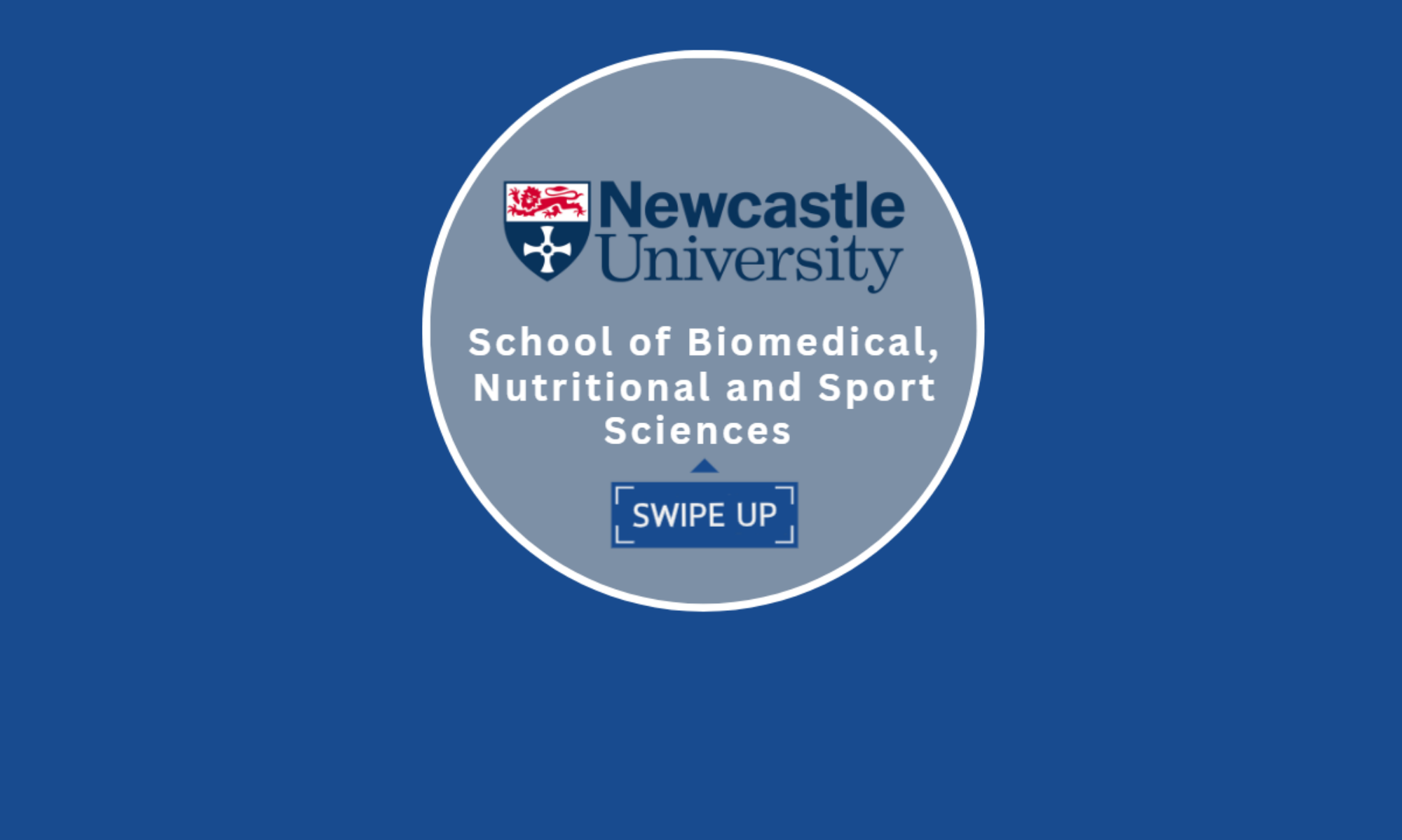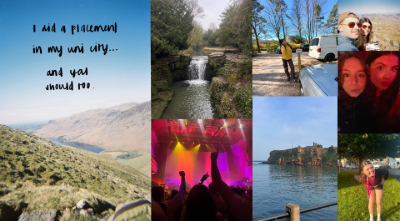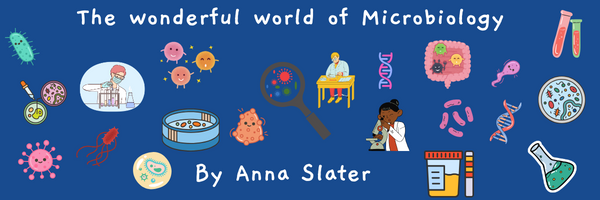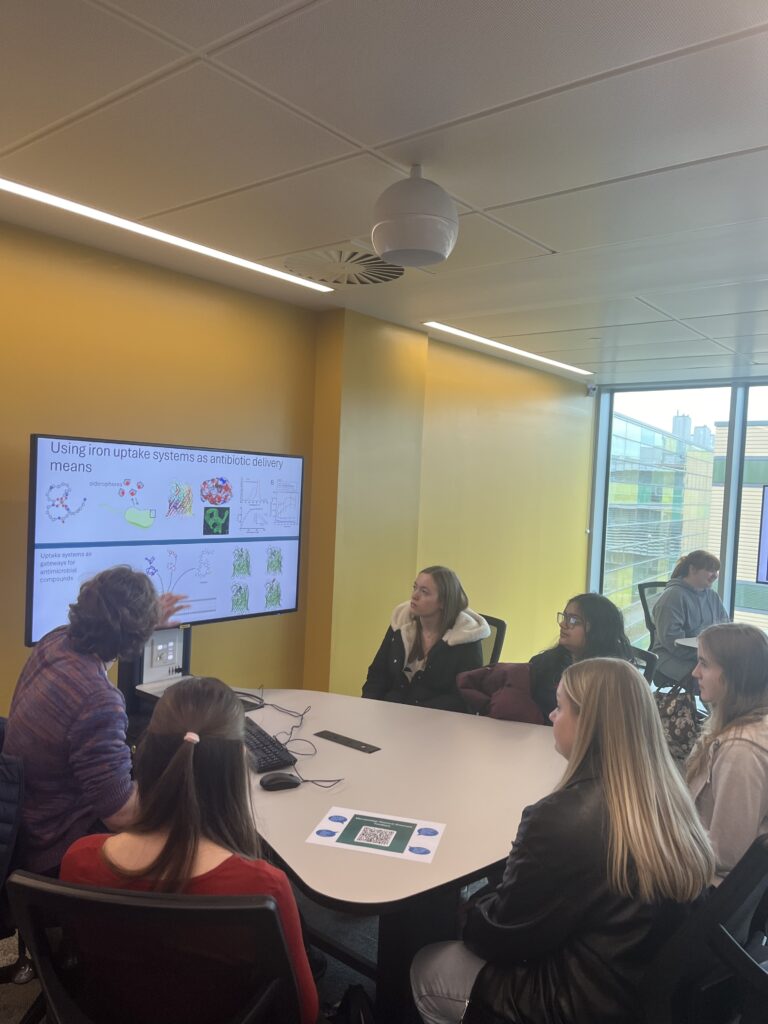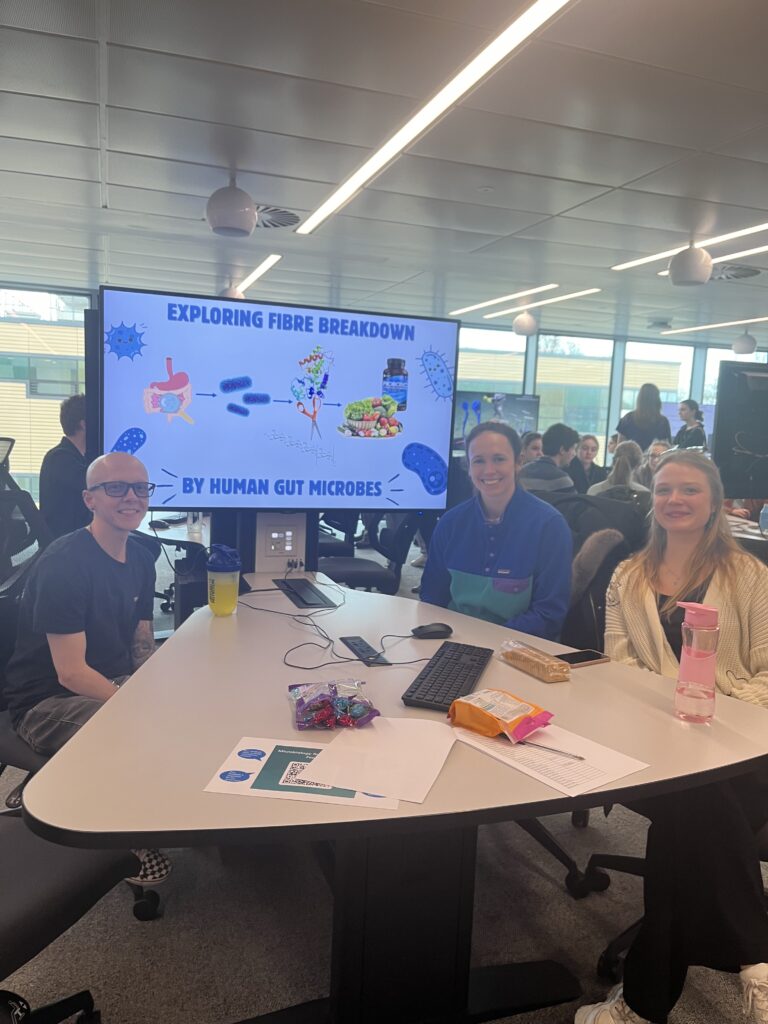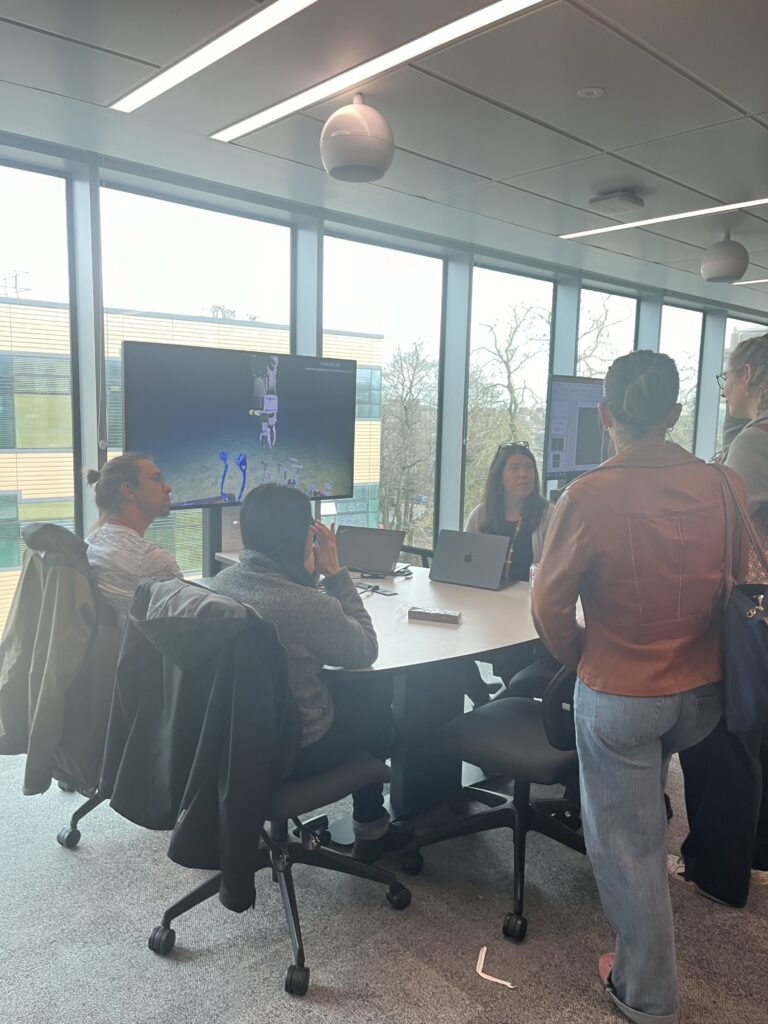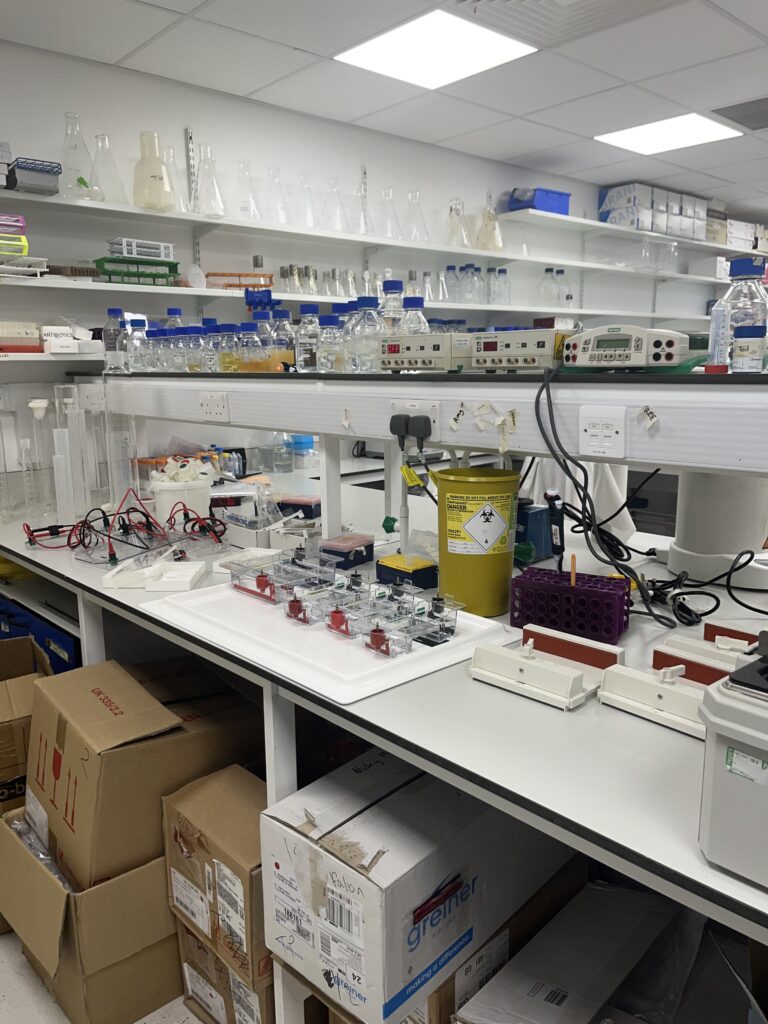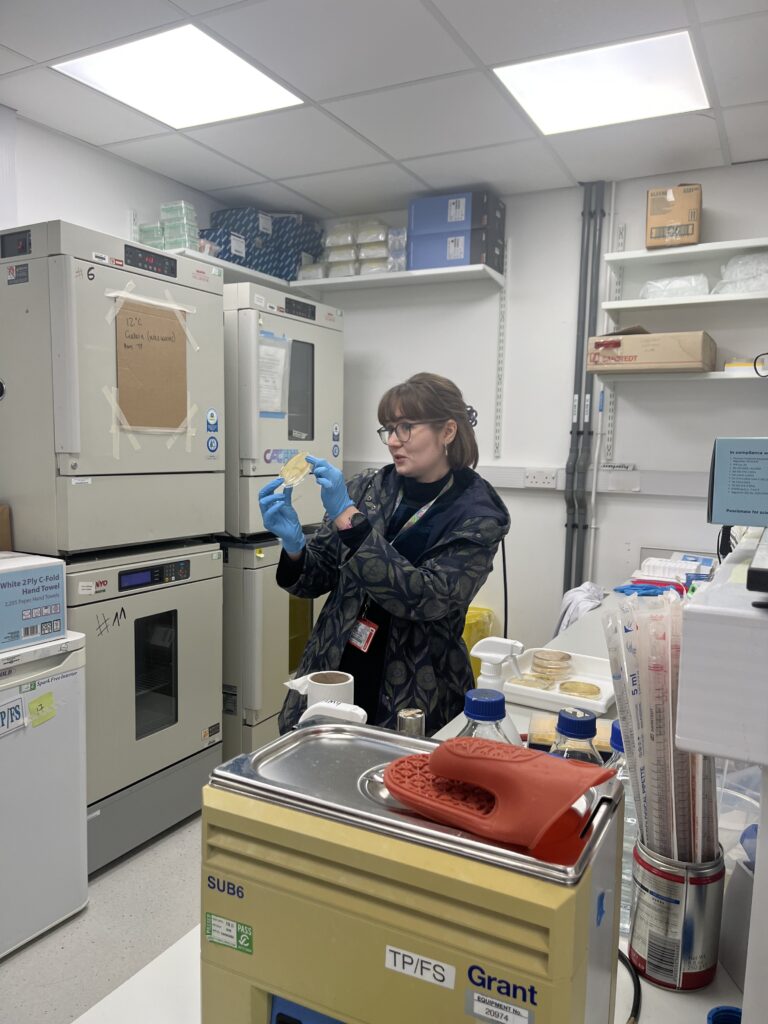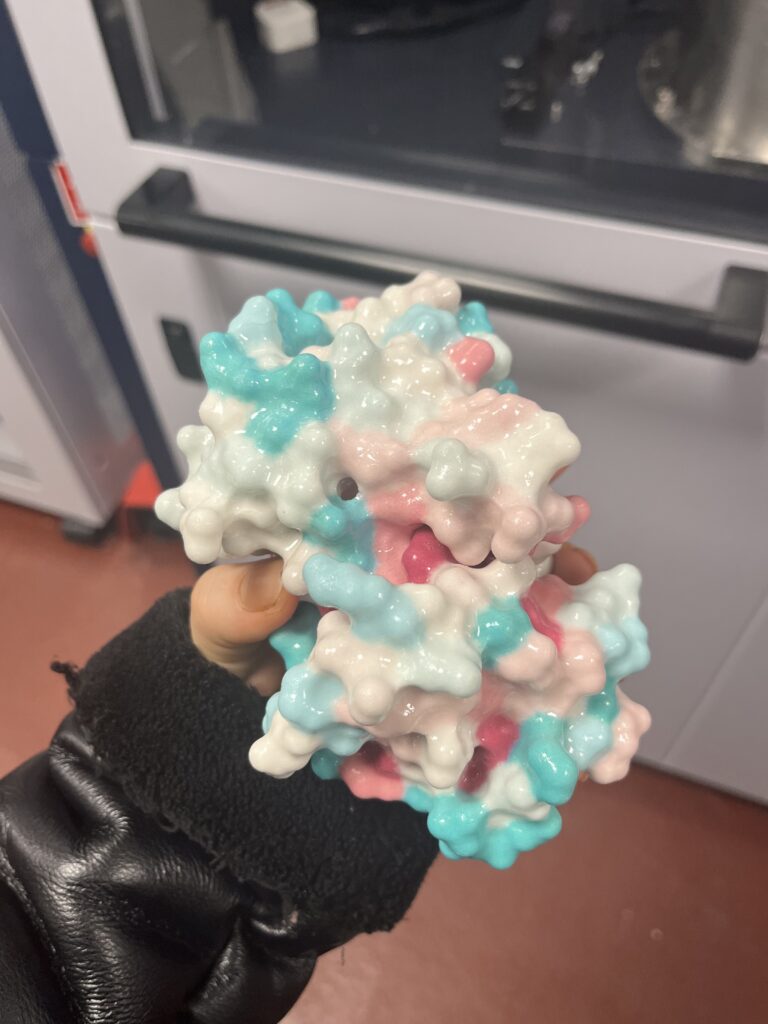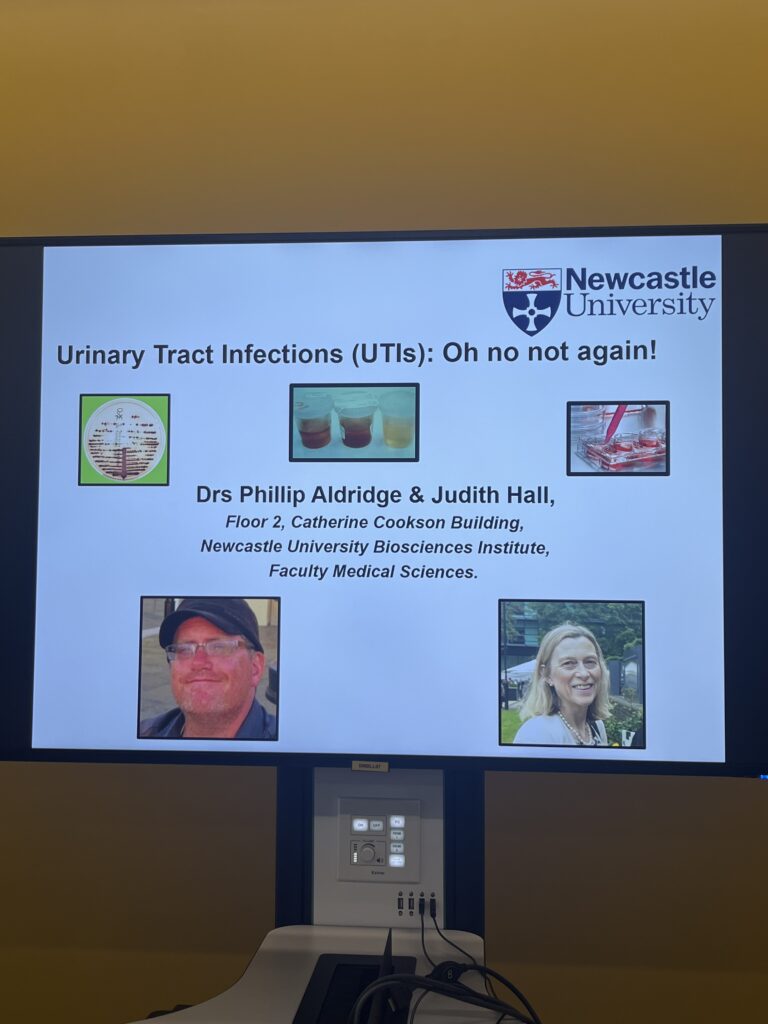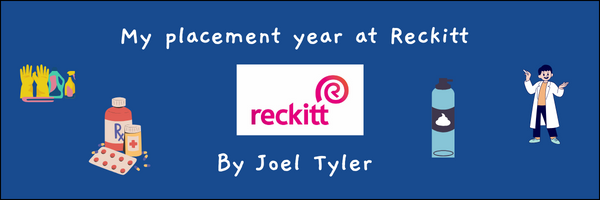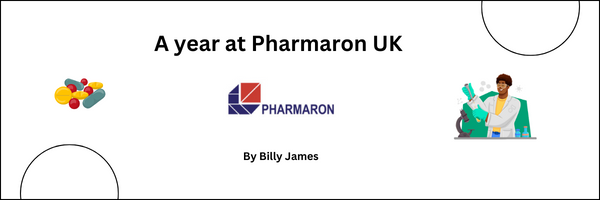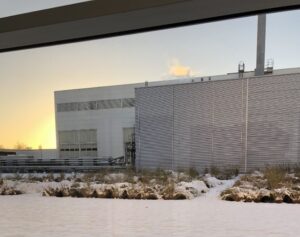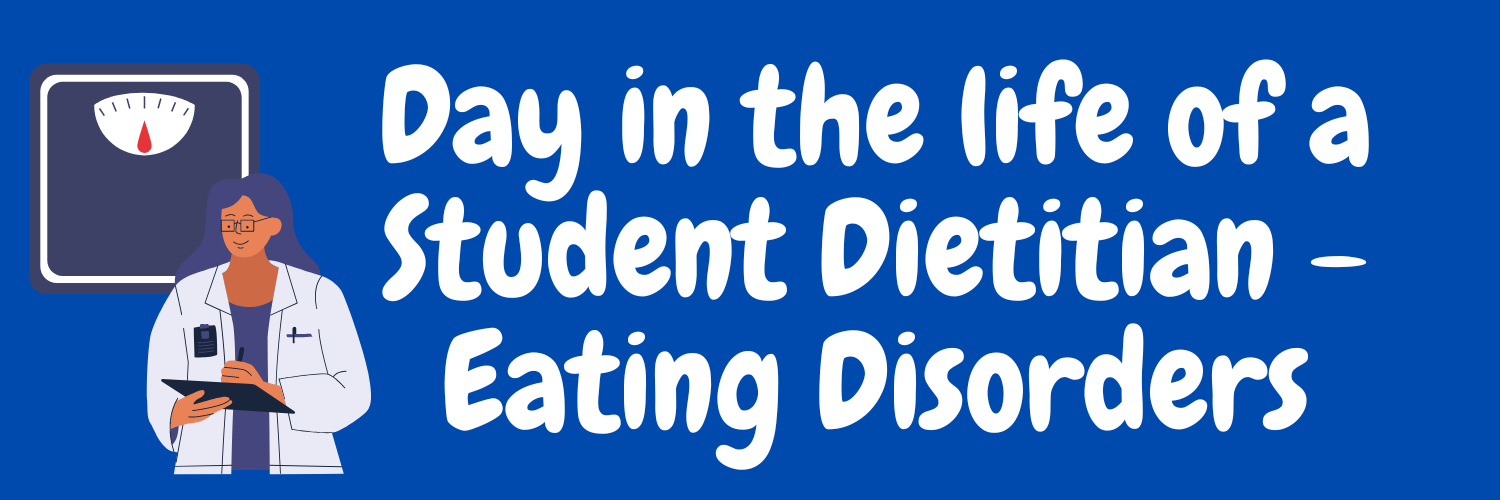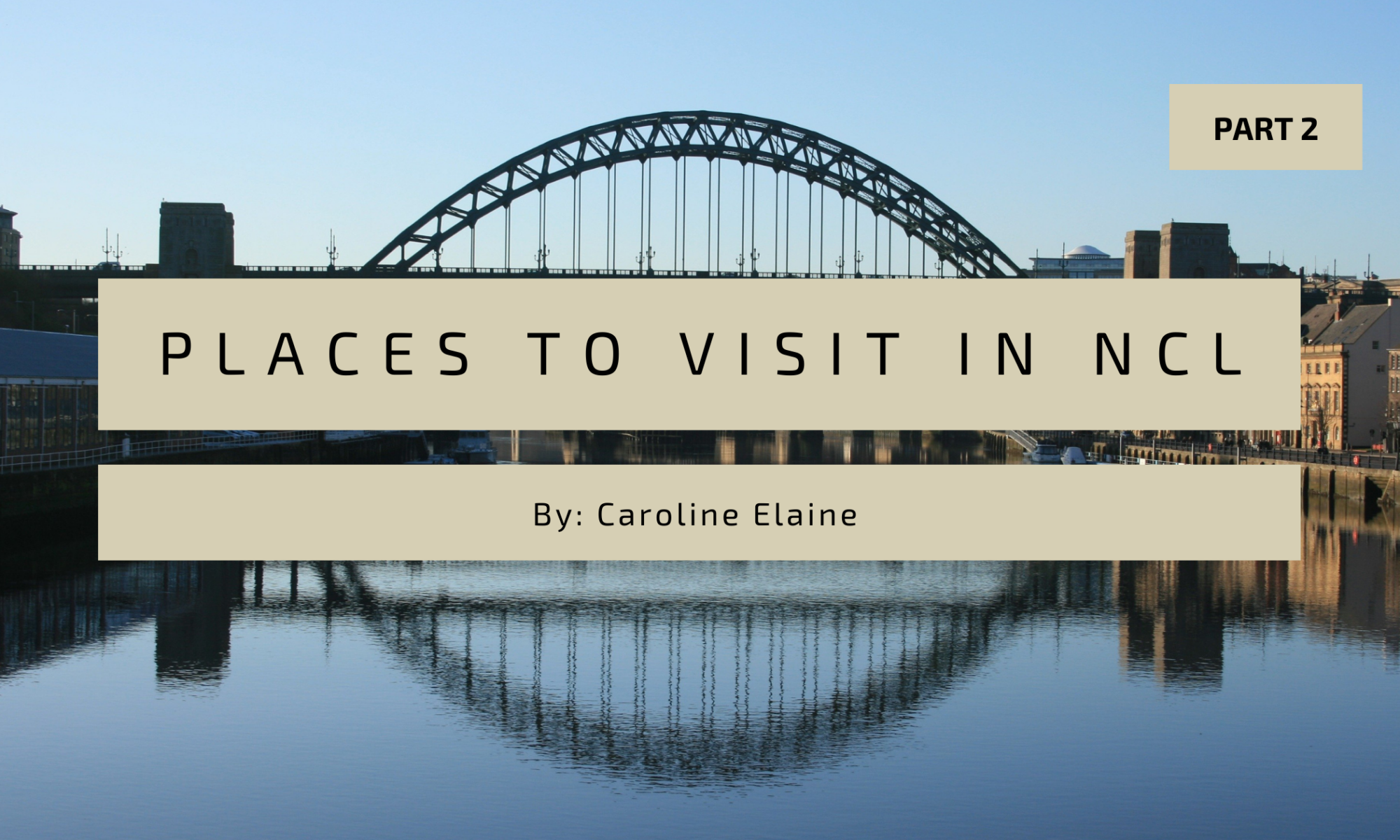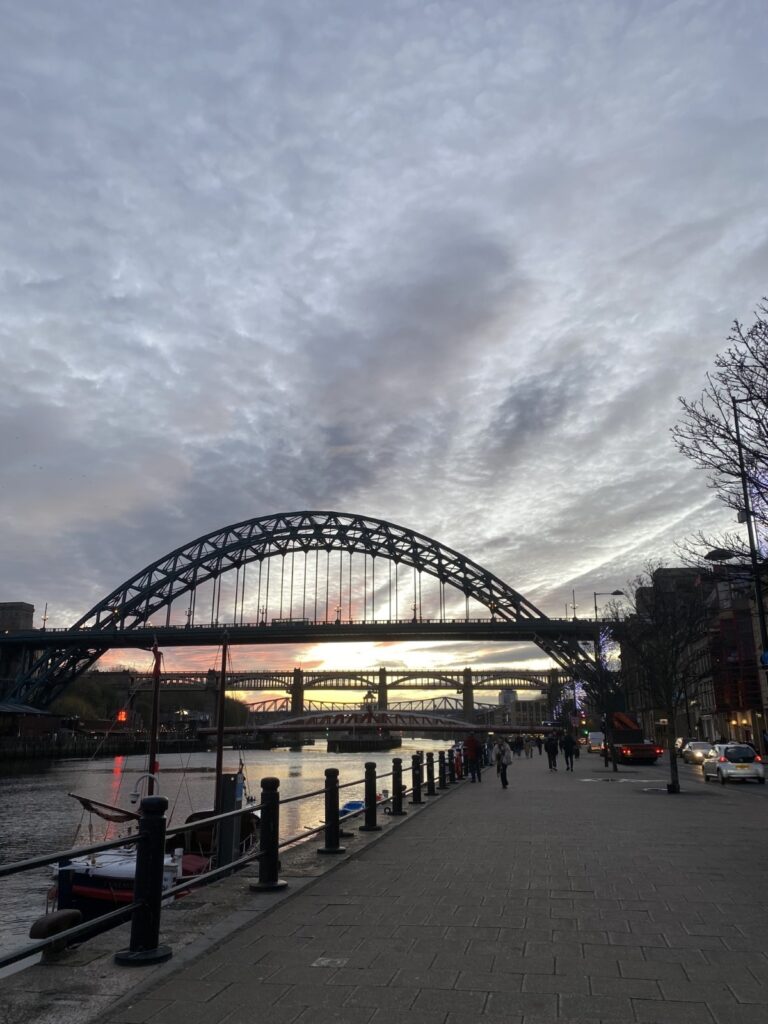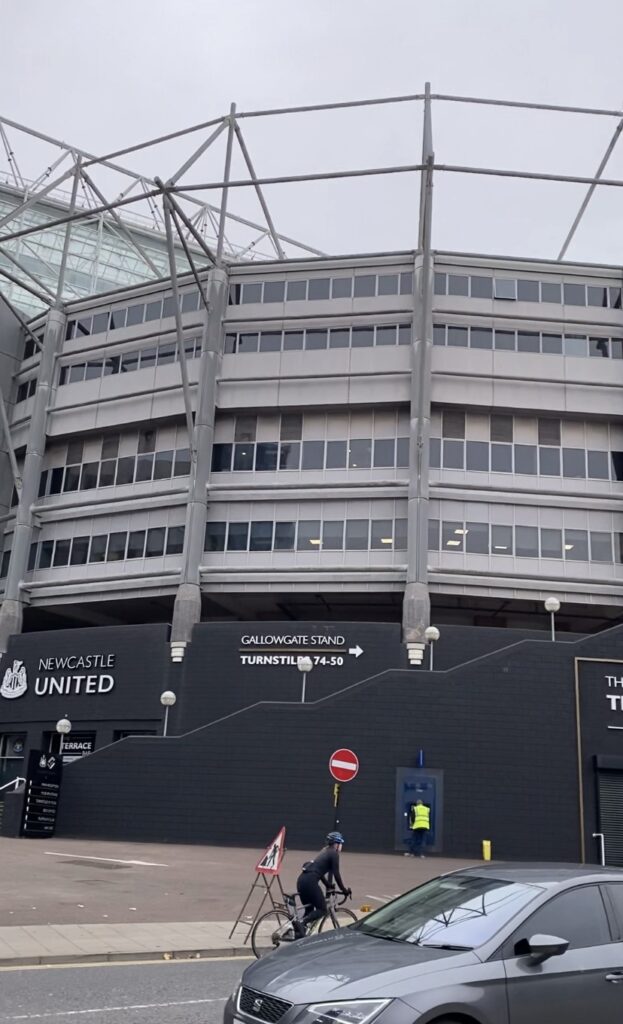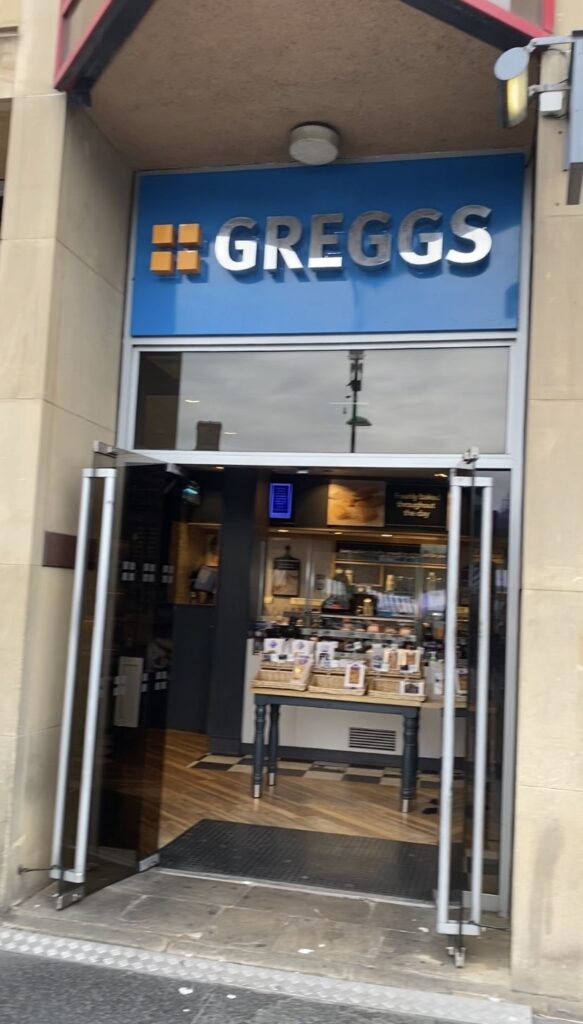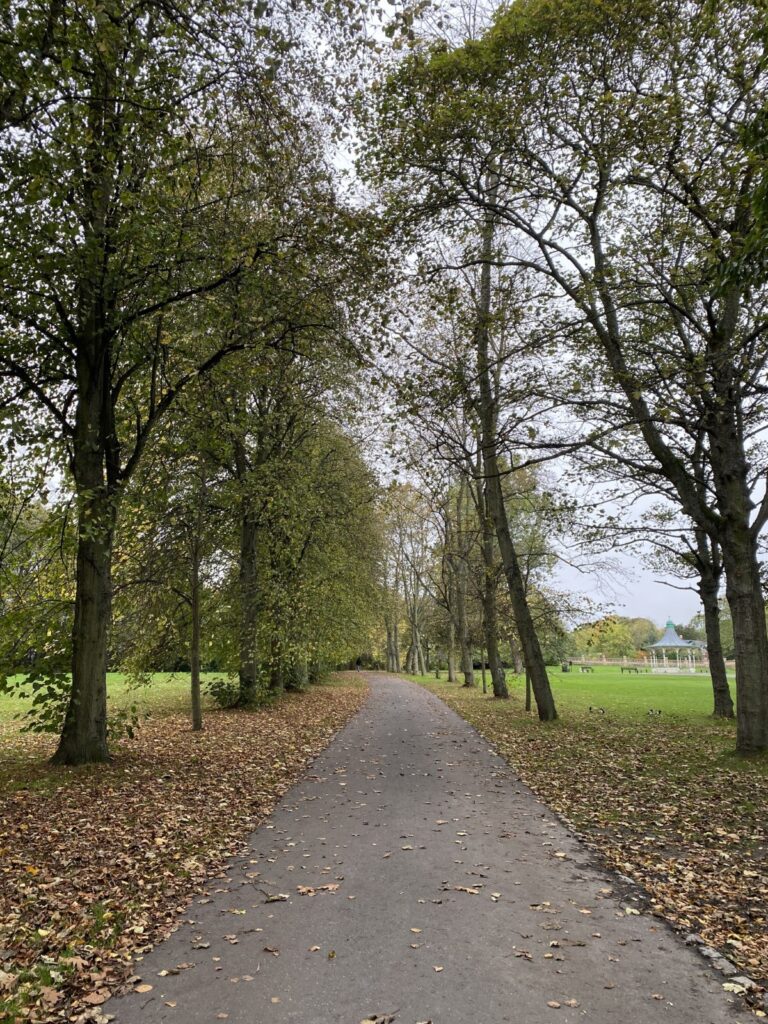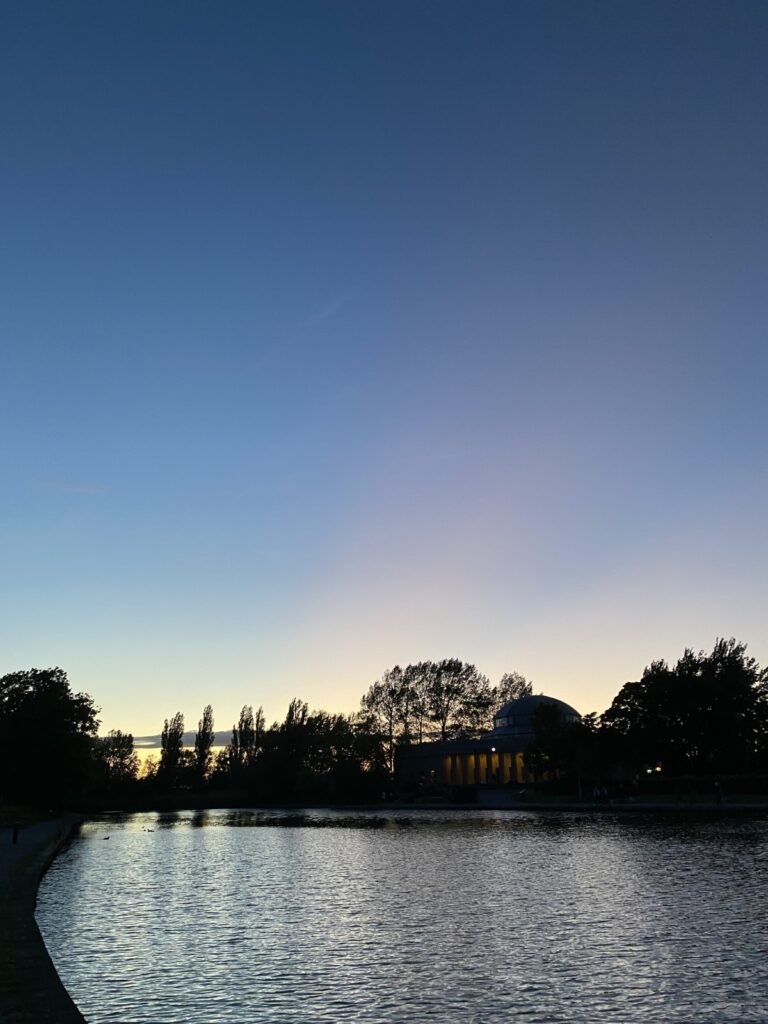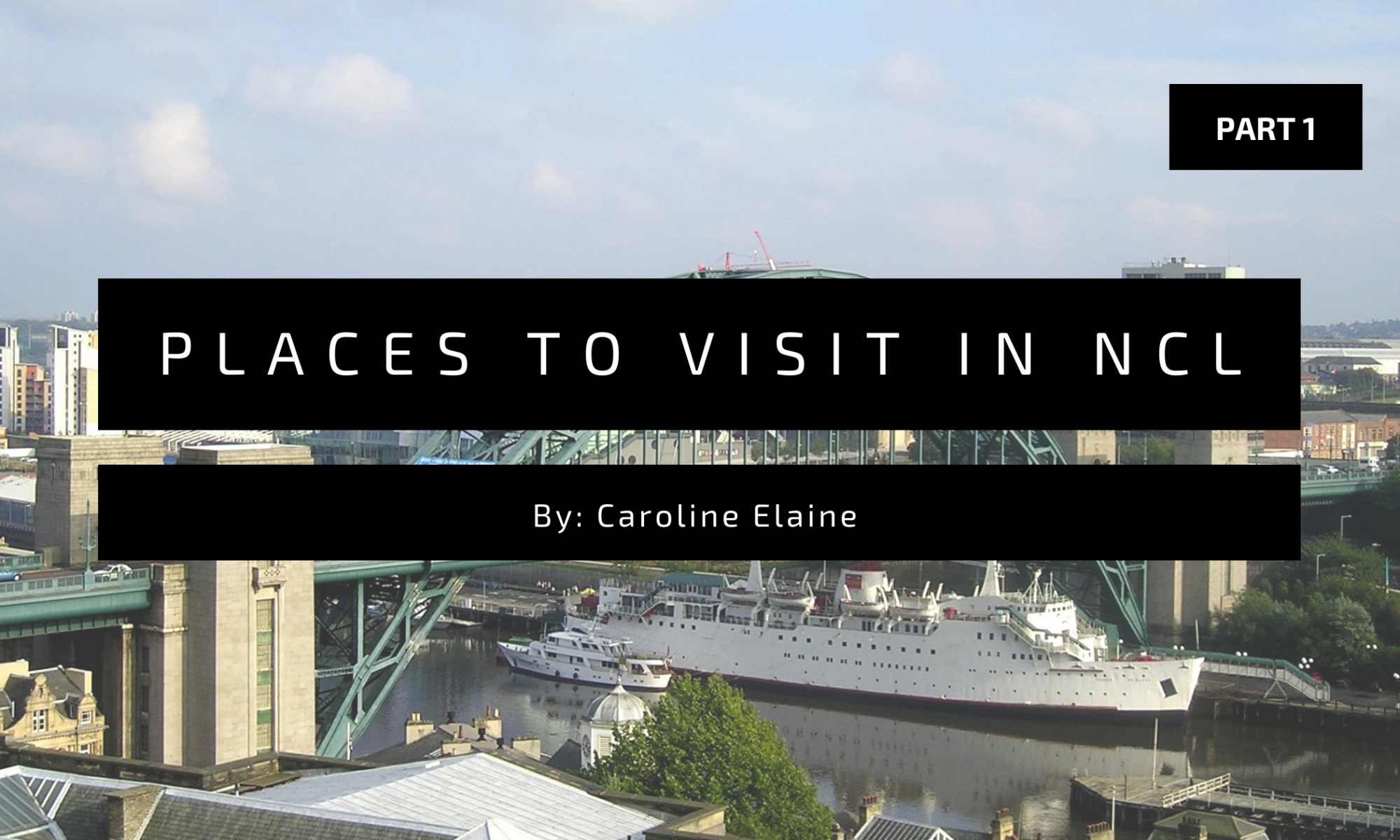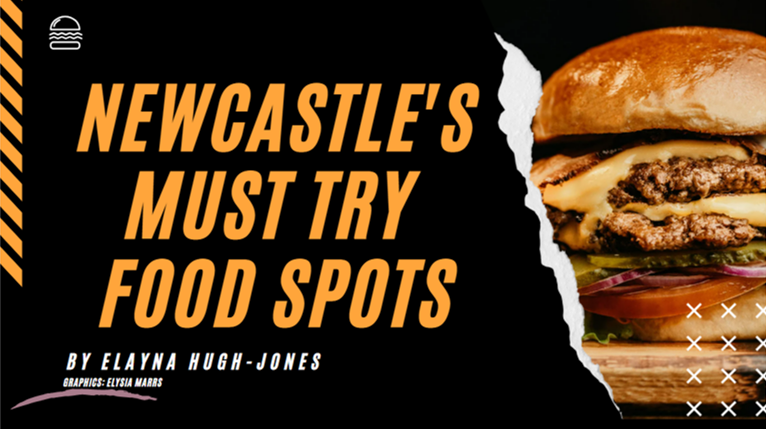Bailey McBride, Physiological Sciences
Hi! I’m Bailey, I study BSc Physiological Sciences at Newcastle and had the option of doing a placement year between stages 2 and 3 of my degree. I now work in the NHS, as a Junior Information Analyst for Northumbria Healthcare Trust, and I’m here to share all the joys I’ve experienced whilst being on placement in my uni city.

Helping out at our stall at the North East and North Cumbria Skills Development Network Digital Conference on my placement year.
BUT WHY SHOULD I DO A PLACEMENT? AND WHY IN UNI CITY?
Good questions, thanks for asking. Personally, my placement year has been one of the most valuable things I’ve done at uni. It’s given me the space and time to realise what I like and don’t like about office 9-5 working, and truly confirmed what I want to do in the future.
Now, I’ll be honest. I didn’t originally plan for things this year to work out so well… but you can! I had my sights set on completing a placement back home, but after a few tiring months of learning to deal with rejection – I decided to look further afield. My office-based placement, situated just outside of Newcastle, has been the loveliest addition to my life at uni, and I hope the following helps you understand why I advocate for YOU doing a similar thing.

Newcastle University’s Cold Water Swim Society in the snow at Tynemouth – Placement students are still registered with their university so staying in Newcastle means keeping up with your societies.
TAKING THE PRESSURE OFF
If you’re a student anywhere in the UK, you’ll know of the immense pressures of finding ‘next year’s house’. Add a potential placement into the mix and you’re stuck. I’ve come across one too many people who’ve held out for a placement and haven’t managed to secure one before final year arrives.
Does the thought of spending your final year in a house with strangers stress you out? Me too.
So, sign that house with your best mates. Commit to living in Newcastle again – but hope that this time your desk won’t be used for late night revision, but as storage, as a makeup table, as a work from home station.
Try your best to find a placement in/around your uni city, and if worst comes to worst, you carry on with Stage 3 – living with people you know and trust.
Going on placement can be daunting, and a lot of change at once. But staying in Newcastle, with my friends, took some of the pressure off.
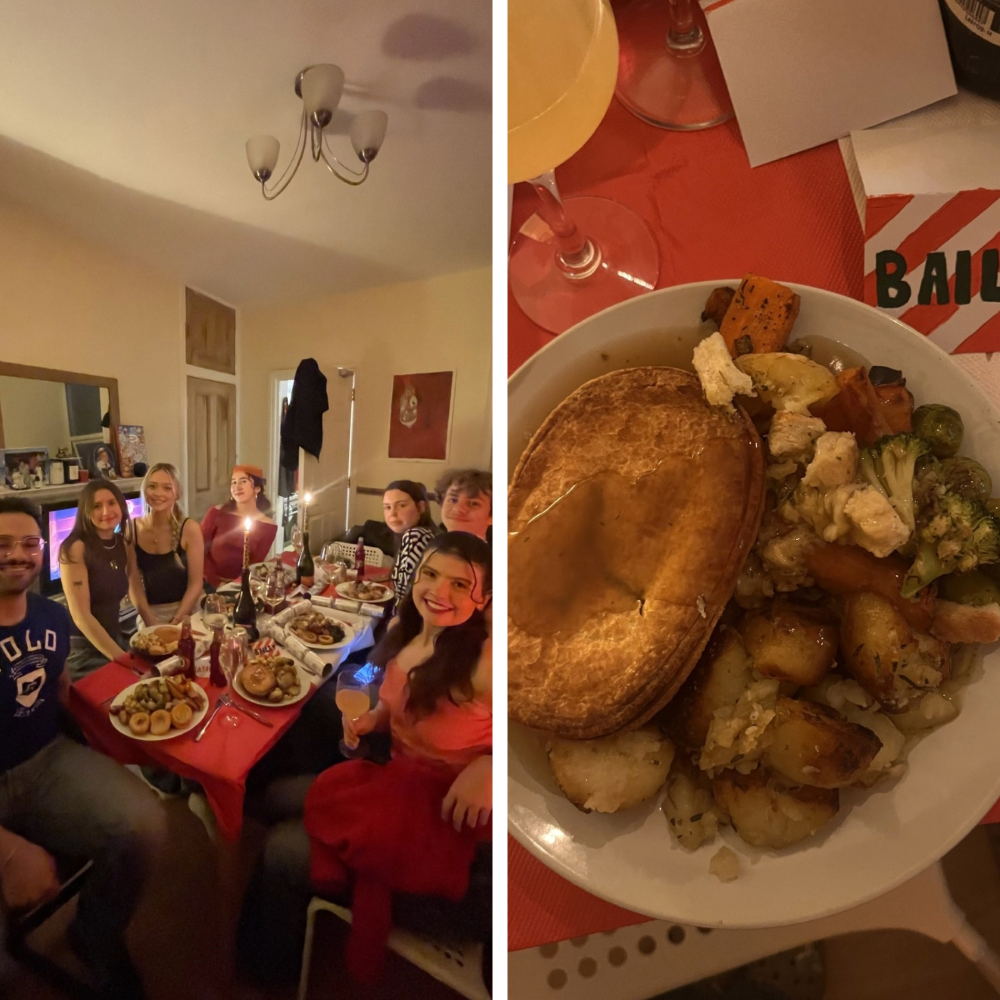
Christmas dinner with my lovely friends! ‘24
LOCATION, LOCATION, LOCATION
Let’s talk Newcastle. A great place to be a student – a place surrounded by opportunity. Newcastle is bursting with business and science parks, and so are the surrounding areas. With the metro, commutes out of the city are made easy. Perfect placement is in Durham? Be there in 10 on the train.
Not only do you have a wide area to apply for placements within, but there’s so much to explore on your weekends/ evenings. Say goodbye to the guilt you feel when you spend your afternoon at Tynemouth when you could’ve been in the library. Your time outside of work is yours.
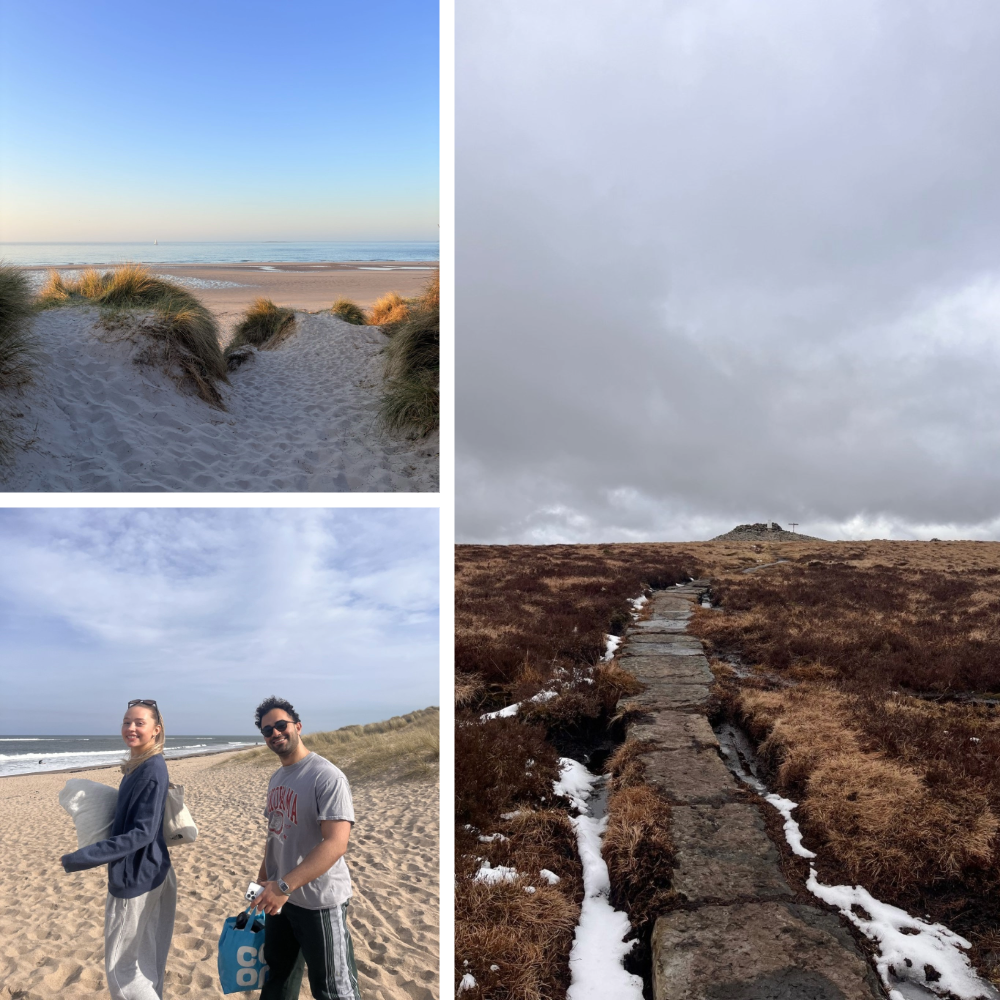
Bamburgh beach, Cresswell beach and Windy Gyle in the Cheviots, all Northumberland treasures
I’ve never truly felt a clear divide between uni work and personal life before this year, but not having to think about work until I clock back in the next morning is something I aim to carry with me into my final year. Which brings me onto my next point …
PREP FOR STAGE 3
Taking this year to refine my time management, digital organisation and overall personal routine has been invaluable. My aim for this year was to create habits that’d serve me in my final year of Physiology, and I have. Living a semi-uni lifestyle on a graduate budget, with something to get me up and out *early* every morning has been a dream. I can’t recommend it enough.
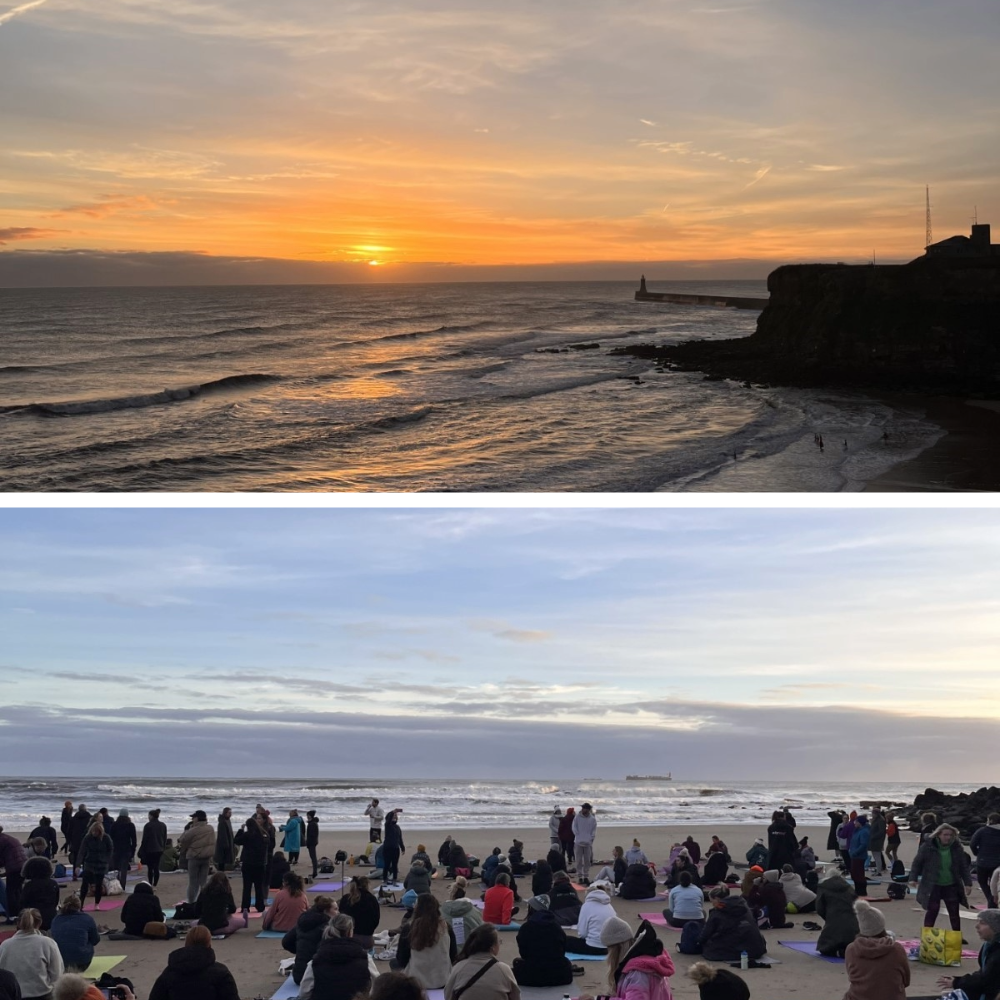
King Edward’s Bay, Tynemouth – late October sunrise Yoga & Swim
QUICKFIRE QUESTIONS
Q – What if I hate my placement? It’s a whole year!
A – Half of knowing what you want to do is knowing what you don’t want to do, and every experience teaches you something valuable. At the very minimum, your placement should be paid!
Q – Have you felt out of place at all working a full-time job whilst your friends have been at uni?
A – Honestly, no. For most of the year, the people I’ve surrounded myself with have worked similarly to me. If anything, it’s nice to be the one with free time for once.

Gateshead Half Marathon, May Bank Holiday 2025
FINDING SPACE
The space I’ve experienced this year to grow and find my feet in Newcastle has been great. Placements can be challenging (especially at the beginning) but once I got used to my routine, I found myself doing SO much outside of work to avoid my 9-5 (actually 8-4) taking over my life. From sunrise swims to marathon training, learning to code to working in a tight-knit team, my placement year has nurtured every part of my life. It’s an experience I’d recommend to a friend.
Find out more about Northumbria Healthcare Trust here.
